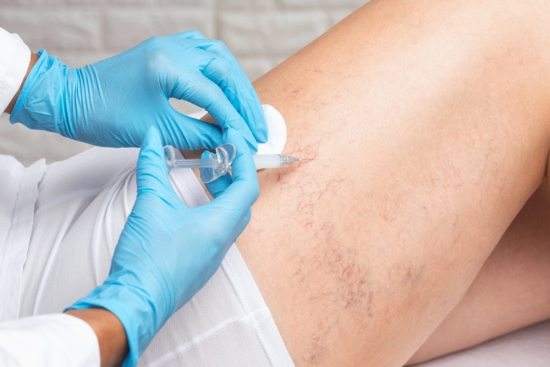Far from being just an aesthetic concern, varicose veins and visible capillaries, also known as varicose sclerosis, affect many people, especially women, and signal a deeper circulatory problem.
These unsightly marks on the legs should not be taken lightly. They can be a sign of venous insufficiency, a condition that affects the return of blood to the heart. If left untreated, this condition can lead to serious complications.
That's why it's important not to underestimate the problem and to consult a specialist as soon as the first symptoms appear.
Sclerotherapy treatment in Turkey: Best costs
Say goodbye to varicose veins and unsightly capillaries! Turquie Santé guarantees personalized care for the treatment of venous sclerosis.
Our therapies and treatments are tailored to the extent of the venous imperfections, the severity of the disease and its underlying causes. With our expertise and state-of-the-art equipment, we can offer you safe and effective treatments to eliminate your varicose veins once and for all, leaving you with clean, toned legs.
Contact us for a free, personalized teleconsultation. We offer a therapeutic approach tailored to your needs at competitive prices!








